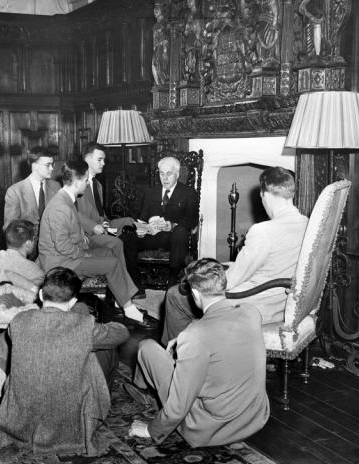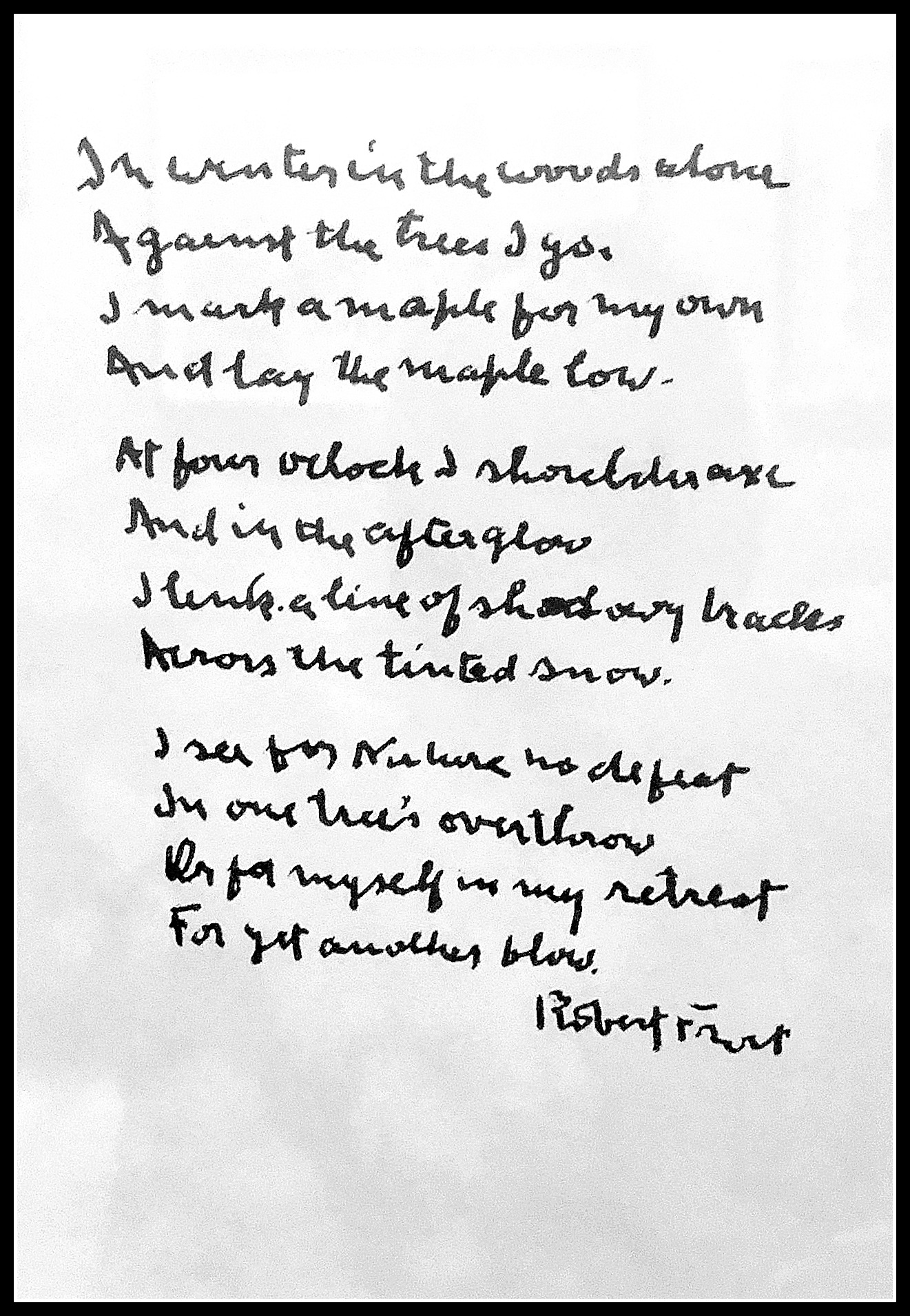Frost’s friend, G. Armour Craig, described his teaching approach: He was not a conventional member of the Amherst Faculty or of any other. He did at first teach some more or less conventional courses in drama and poetry. Later, he taught American literature with George Whicher. He taught philosophy with Otto Manthey-Zorn [a professor of German literature and philosophy]. He taught many courses in writing. And late in the ‘twenties he gave a general reading course the books for which belonged to many different departments. If one of his favorite author was Emerson, another was Darwin — he never lost his admiration for The Voyage of The Beagle.
His favorite course, perhaps, was one that he began to give in 1923. It was described thus in the Catalogue:
Judgment in history, religion, and the arts. A study by the case method, of how such judgments are arrived at and evaluated.
With Robert Frost, of course, the question did not concern techniques of judgment: it concerned, rather, the elevation of ourselves, by wisdom and knowledge, to a level on which we can make such judgments responsibly and freely … for him, the fact was the sweetest dream that reason knows, and all his efforts as a talker and thinker were to push aside the encrustations that gather on the monuments of history, religion, and the arts. He wanted to clarify each one; he wanted prowess and performance, wherever they might be found, to shine forth of themselves.
This study of human, indeed humanist, judgments was perhaps the only course he really gave. It was certainly the course of his conversation, and it was in his conversation that he was chiefly, if not exclusively, a teacher. 1

